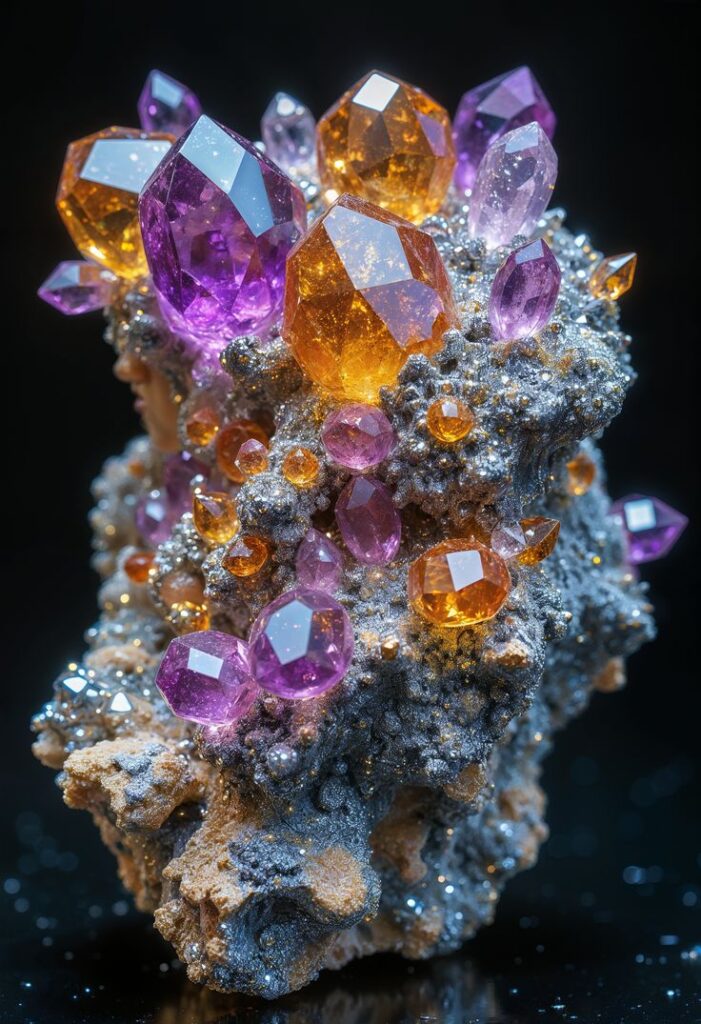
Precious stones such as diamonds, emeralds, sapphires, and rubies have captivated human interest for centuries. They symbolize wealth, power, and timeless beauty. However, beyond their dazzling appeal lies a complex economic truth—the value of precious stones is heavily influenced by market demand.
In this article, we’ll explore how demand dynamics drive price fluctuations in the gemstone market, the factors that influence demand, and what buyers and investors need to know to navigate this fascinating industry.
Understanding Demand in the Gemstone Market
In basic economics, demand refers to how much of a product consumers are willing and able to buy at a given price. In the context of precious stones, higher demand generally drives prices up, while lower demand can cause prices to drop—assuming supply remains constant.
However, gemstone markets are not purely supply-and-demand driven like other commodities. Emotion, branding, rarity, and perception also play significant roles.
Factors That Drive Demand for Precious Stones
1. Consumer Preferences and Fashion Trends
Fashion and jewelry trends significantly impact demand:
- A celebrity engagement can skyrocket demand for a certain gemstone (e.g., sapphire after Kate Middleton’s ring).
- Color trends from fashion houses and influencers shape market preferences.
💡 Example: The rise of colored diamonds and unique stones like morganite in bridal jewelry has shifted consumer demand away from traditional clear diamonds.
2. Marketing and Branding Strategies
Companies like De Beers have shaped public perception around gemstones (e.g., “A diamond is forever”). Effective campaigns can:
- Increase emotional appeal
- Create a sense of exclusivity or necessity
- Normalize certain gemstones for specific occasions (e.g., diamonds for engagements)
Result: Higher perceived value → Increased demand → Rising prices.
3. Economic Conditions and Consumer Spending Power
Economic booms often lead to:
- Increased disposable income
- Higher luxury spending
- Stronger demand for high-end gemstones
In contrast, during economic downturns:
- Consumers cut back on luxury purchases
- Demand (and prices) for gemstones may decline
Example: The 2008 financial crisis temporarily suppressed diamond prices due to weakened consumer demand.
4. Cultural and Regional Influences
In countries like India and China, gemstones play a major role in cultural events, weddings, and wealth preservation:
- Demand spikes during festivals (e.g., Diwali, Chinese New Year)
- Cultural symbolism (e.g., jade in China, gold and diamonds in India) drives sustained demand
Globalization has further influenced demand across borders, expanding markets for colored stones and designer gems.
5. Investment Demand
As more people view gemstones as alternative investment assets, demand has grown for:
- Certified, high-quality stones (especially diamonds and rubies)
- Rare colors (like pink or blue diamonds)
- Conflict-free and ethically sourced gems
Institutional investors and collectors seeking portable, high-value assets are helping push prices upward.
6. Supply Chain and Availability
Although this is on the supply side, supply directly interacts with demand:
- When demand is high and supply is restricted (due to mining limitations or export bans), prices soar.
- For example, the scarcity of Burmese rubies or pink Argyle diamonds has made them dramatically more expensive.
Case Study: The Diamond Market
Let’s take a closer look at how market demand has historically impacted the price of diamonds:
| Year | Market Shift | Demand Impact |
|---|---|---|
| 1947 | De Beers launches “A diamond is forever” | Massive surge in engagement ring demand |
| 1980s | Rise in Japanese demand for luxury items | Significant boost in global diamond prices |
| 2020 | Pandemic restricts in-store buying | Demand drops temporarily, followed by rebound in online markets |
| 2023+ | Lab-grown diamonds enter mainstream | Shift in demand affects pricing of natural diamonds |
The Rise of Lab-Grown Stones: A Demand Disruptor
The growing popularity of lab-grown diamonds and synthetic gems is reshaping the market:
- Consumers seeking affordable, ethical alternatives
- Lower prices make them attractive, especially for younger buyers
- Decreasing demand for lower-quality natural stones
However, high-quality natural stones remain in strong demand due to their rarity, uniqueness, and long-term value.
Future Demand Trends for Precious Stones
Here’s what the future might look like:
- Eco-conscious demand will favor ethically sourced and sustainable gems
- Personalized jewelry will drive interest in unconventional stones
- Digital assets and tokenization may open new investment channels for gemstones
- Global middle-class growth (especially in Africa and Asia) could raise demand
Tips for Buyers and Investors
Whether you’re buying for fashion, sentiment, or investment, consider these insights:
- Track trends in the fashion and jewelry industry.
- Research historical price movements of specific stones.
- Invest in certified stones from reputable dealers.
- Be mindful of synthetic options and their market impact.
- Diversify your gemstone portfolio with rare or unique pieces.
Final Thoughts
The price of precious stones doesn’t rise or fall in a vacuum. It is deeply connected to human desire, culture, trends, and economic forces. By understanding how market demand influences prices, both consumers and investors can make smarter, more strategic decisions in this captivating and lucrative industry.
As the global appetite for beauty, rarity, and value continues to evolve, so too will the forces that shape the gemstone market.
